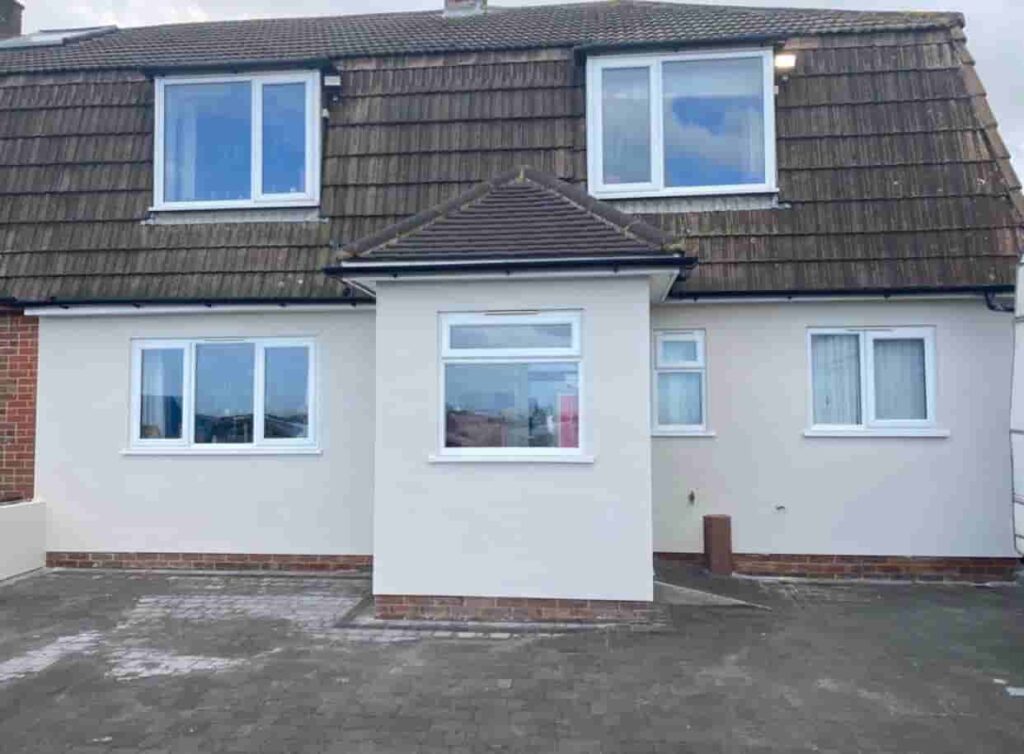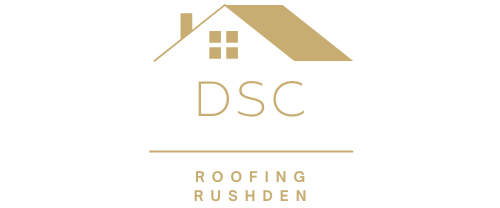Gable Roof Leak Detection with Infrared Technology: A Game-Changer in Roofing
Introduction: When protecting and maintaining your home, your roof is your first defence against the elements. A leaking roof can lead to extensive damage if left unchecked, causing structural problems, mould growth, and expensive repairs. Detecting roof leaks early is crucial to preventing these issues. This blog post will explore a cutting-edge technology revolutionising the roofing industry: Gable Roof Leak Detection with Infrared Technology.
Understanding Gable Roofs
Gable roofs are a popular architectural choice known for their timeless aesthetic appeal. They are characterised by two sloping sides that meet at a ridge, forming a triangular shape. While gable roofs offer several advantages, such as efficient rainwater runoff and spacious attic areas, they are also prone to specific challenges, including leaks.
Common Causes of Gable Roof Leaks
Gable roofs are susceptible to leaks due to several factors:
- Inadequate Ventilation: Poor ventilation can lead to moisture buildup in the attic, causing condensation that eventually leaks.
- Age and Wear: Roofing materials can deteriorate over time, leading to cracks and gaps that allow water infiltration.
- Flashing Issues: Improperly installed or damaged flashing around roof penetrations like chimneys and vents can be a significant source of leaks.
- Storm Damage: Severe weather, such as strong winds, hail, or falling debris, can damage roofing materials, leading to leaks.
Traditional Leak Detection Methods
Traditionally, detecting roof leaks has been a challenging and time-consuming process. Roofing professionals often rely on visual inspections, which are unreliable, especially when leaks occur in hard-to-reach areas or during adverse weather conditions. This made it difficult to pinpoint the exact source of the leak accurately.
Infrared Technology: A Breakthrough Solution
Infrared technology has emerged as a game-changer in the roofing industry. It allows for faster, more accurate, and non-invasive leak detection. Here’s how it works:
- Thermal Imaging: Infrared cameras detect the temperature variations on the roof’s surface. Water infiltration typically leads to temperature differences compared to dry areas. These differences are captured as images.
- Precise Identification: With the help of thermal images, roofing professionals can precisely identify areas with potential leaks, even when they are not visible to the naked eye. This technology enables proactive maintenance, preventing further damage and costly repairs.
- Non-Destructive Testing: Infrared technology is non-invasive, meaning there is no need to access or damage your roof to locate leaks physically. This minimises disruption and maintains the integrity of your roofing system.
Benefits of Infrared Leak Detection
Using infrared technology for gable roof leak detection offers numerous benefits:
- Early Detection: Identify leaks in their infancy, preventing them from becoming major issues.
- Cost-Effective: Save money on costly repairs by addressing leaks before they cause extensive damage.
- Reduced Disruption: Non-invasive testing means minimal disruption to your daily life during inspections.
- Improved Longevity: Proactive maintenance extends the lifespan of your roofing system.
- Enhanced Property Value: A well-maintained roof adds value to your home and enhances curb appeal.
Conclusion: Gable roofs are beautiful and functional but not without their vulnerabilities. Traditional leak detection methods often fall short, making it challenging to address issues promptly. Infrared technology has revolutionised the roofing industry by providing an efficient, non-invasive, and accurate gable roof leak detection method.
Consider using infrared technology in your roof maintenance and inspections to protect your home and your investment. By detecting and addressing leaks early, you can ensure the longevity and durability of your gable roof while enjoying peace of mind and cost savings in the long run.
Call us on: 01933 823 229
Click here to find out more about DSC Roofing Rushden
Click here to complete our contact form and see how we can help with your roofing needs.

